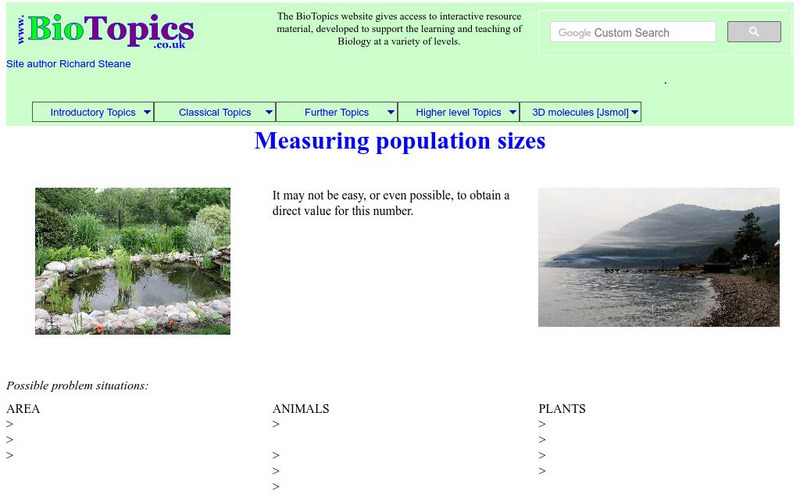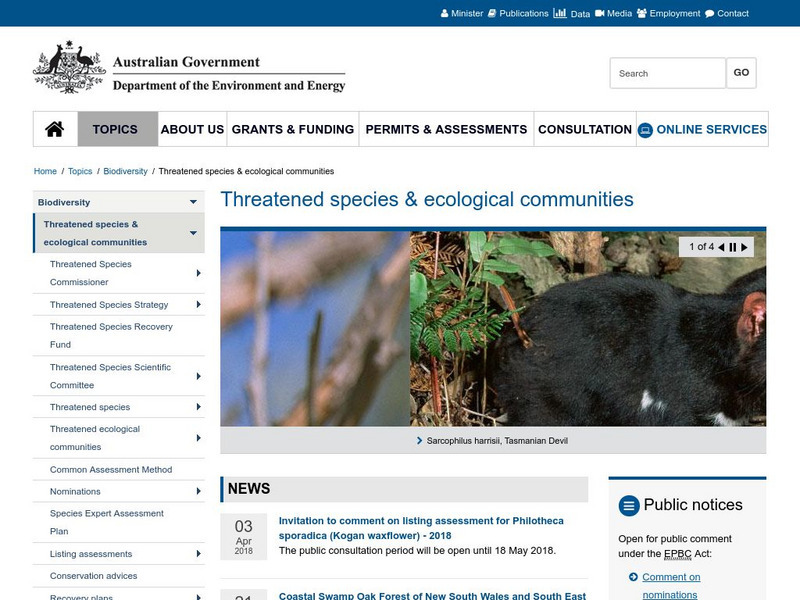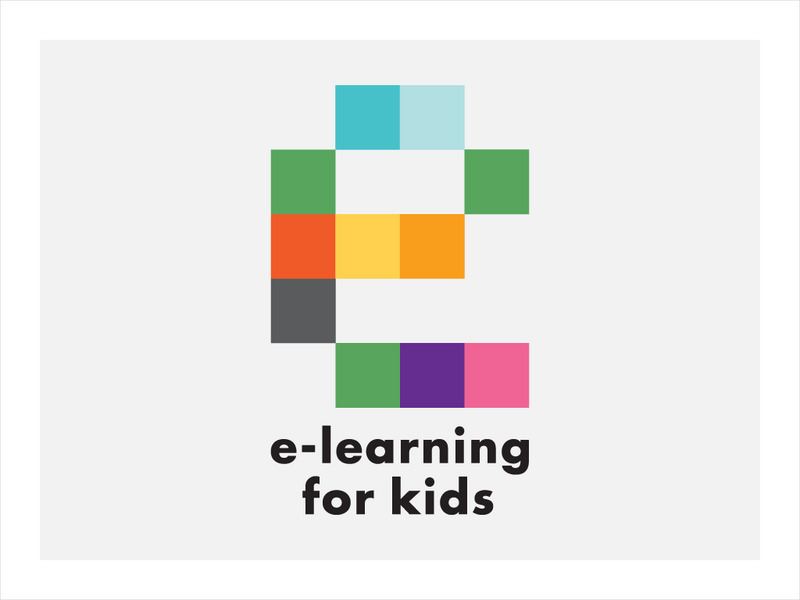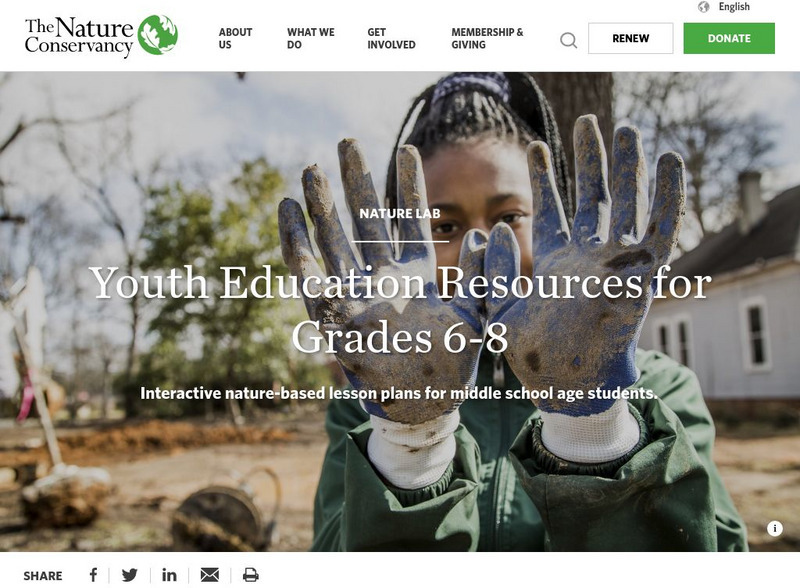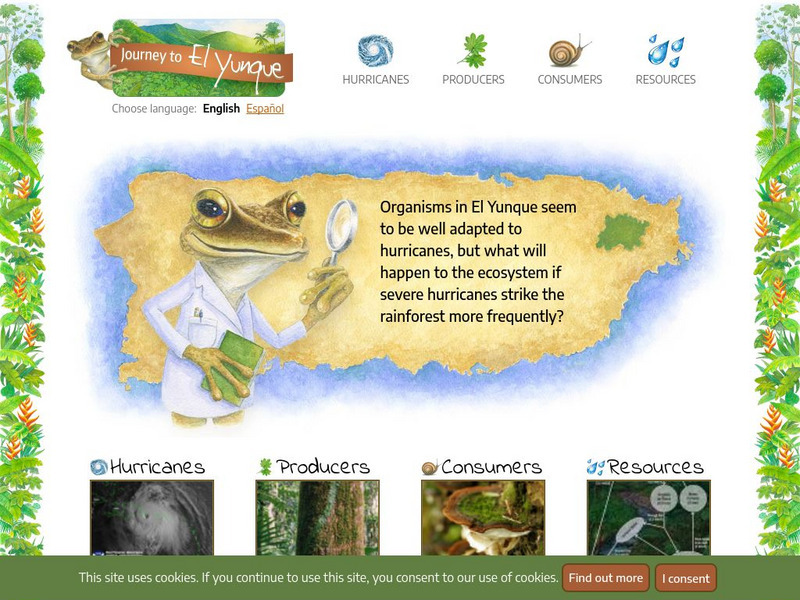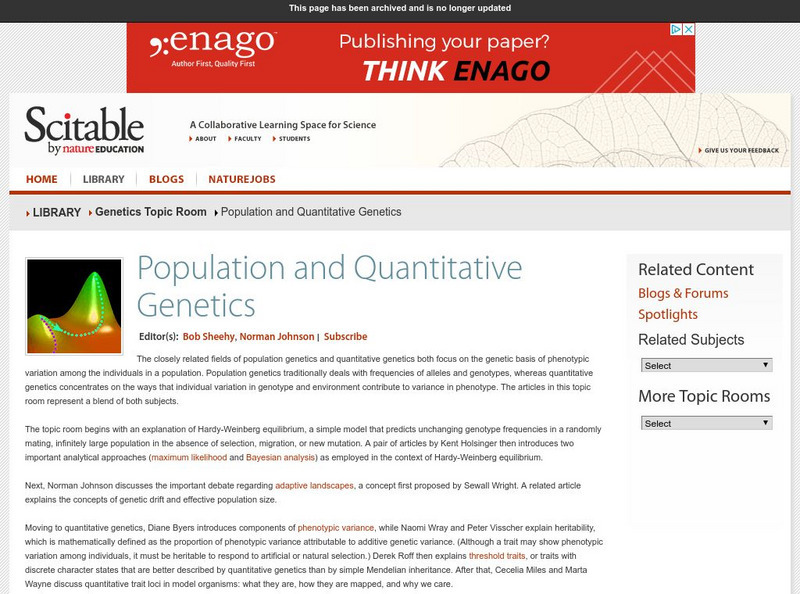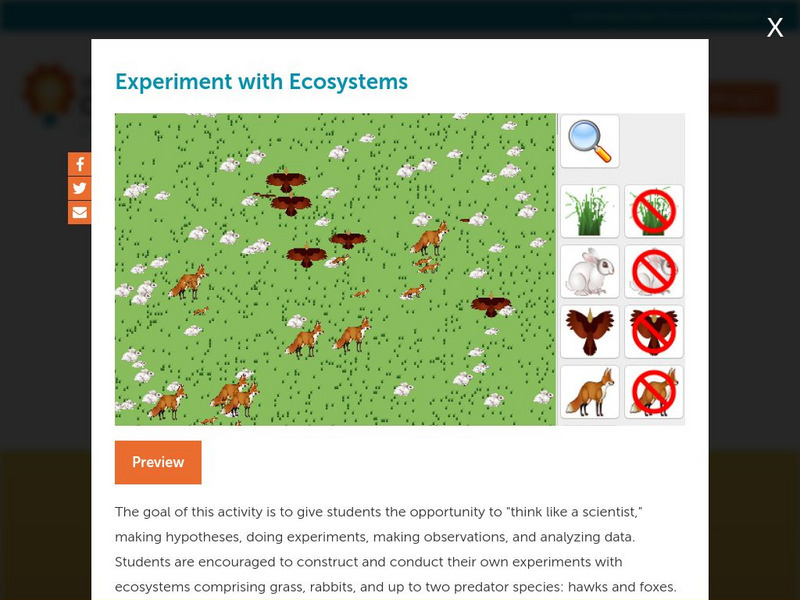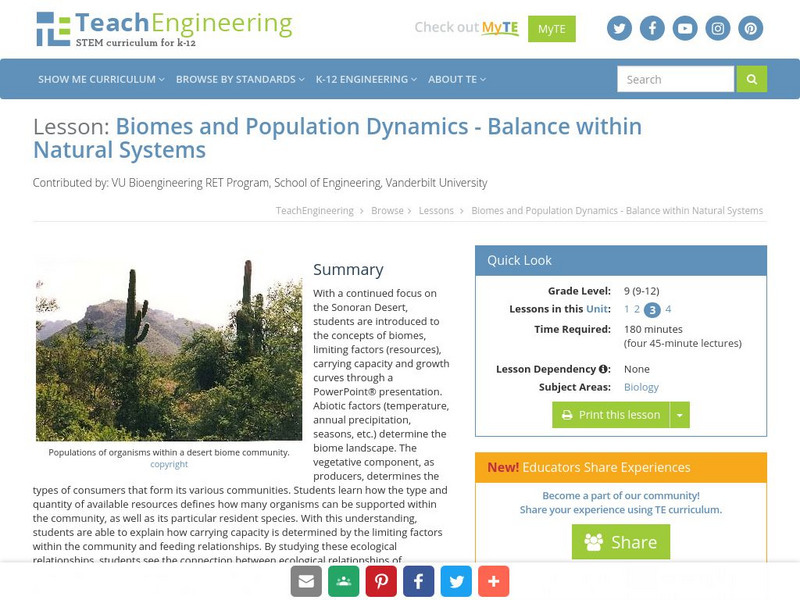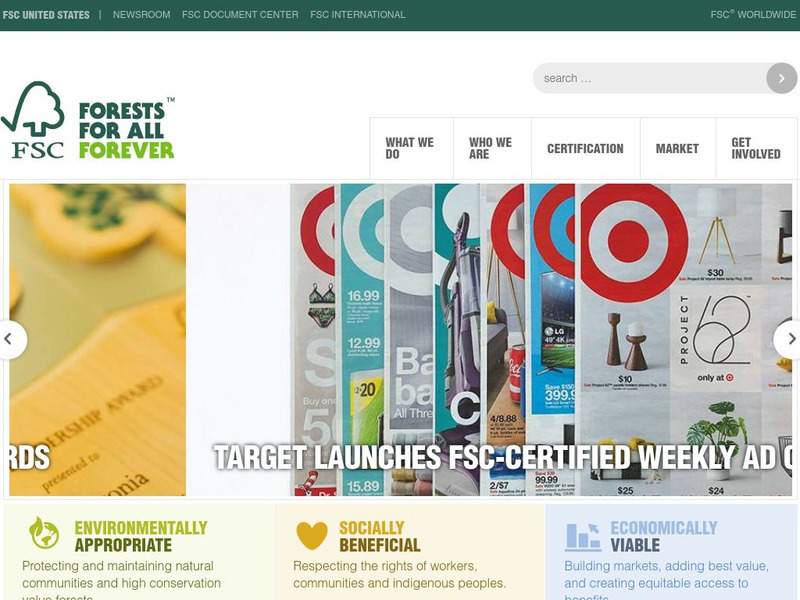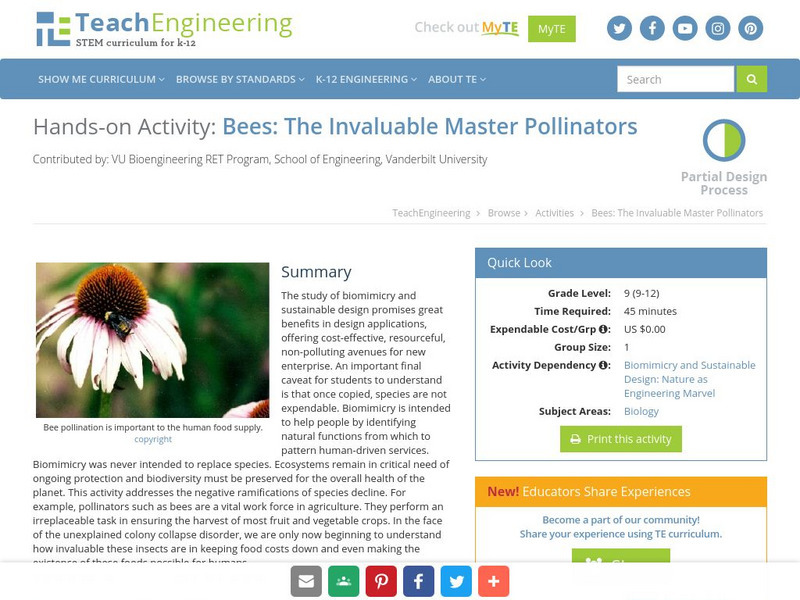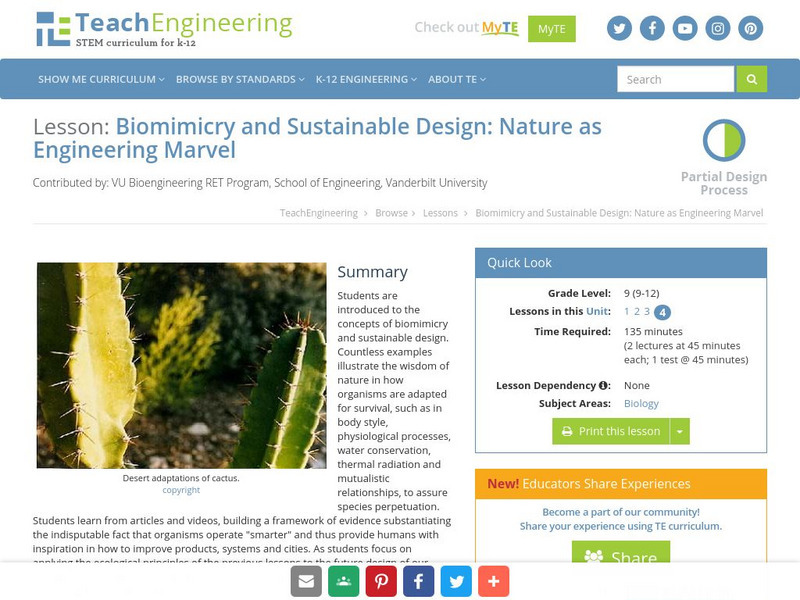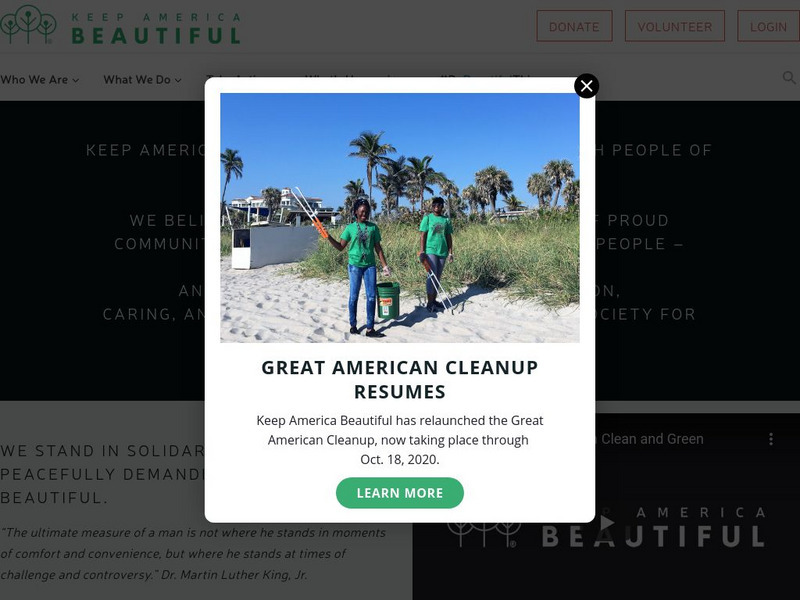Hi, what do you want to do?
Bio Topics
Bio Topics: Measuring Population Sizes
Read and understand the concept of ecological population counts and sizes. Hover the mouse over questions to reveal the answers as you sharpen your skills.
Center for Innovation in Engineering and Science Education, Stevens Institute of Technology
Ciese Collaborative Projects: Bucket Buddies: Environmental Study
Bucket Buddies is an opportunity for students to participate in a world-wide environmental study. By identifying organisms in pond water, participating classes can compare their findings, and look for relationships in data. In addition...
Other
Conservation Ecology: Assessing Extinction Risk
This site discusses how genetic variability is correlated with the risk of organism extinction. It also discusses how bottlenecks can reduce genetic variability in populations leading to extinctions.
Other
Australian Government: Threatened Species and Ecological Communities
Read about the program that effects animals from becoming extinct. There are links to other organizations that work with the program.
E-learning for Kids
E Learning for Kids: Science: Bermuda Triangle: How Is Energy Transferred Between Organisms?
Bermuda is a mysterious place. Meet Scotty and his family and join them on their holiday to learn about energy transfer in ecosystems.
E-learning for Kids
E Learning for Kids: Science: South Africa: How Do Organisms Get Their Energy?
Join Ellen on her trip to the Kaap De Goede Hoop in South Africa, and learn more about plants, animals, and energy.
ClassFlow
Class Flow: Populations & Communities
[Free Registration/Login Required] This flipchart features the levels of ecological organization. Students can move objects to reveal decryptions and answers! An Activote quiz accompanies this flipchart, but may have to be downloaded and...
OpenStax
Open Stax: Energy Flow Through Ecosystems
Understand how organisms acquire energy and how that energy is passed from one organism to another through food webs and their constituent food chains.
Encyclopedia of Earth
Encyclopedia of Earth: Ecotoxicology: Herbicide
Definition of herbicides, how they are used, their damage to the environment and to ecology, consequences to human health, use around the world, and the three classes of herbicides.
Nature Research
Nature Education: Energy Economics in Ecosystems
This article discusses how plants and microorganisms, until recently, have mostly controlled how much carbon dioxide is released into an ecosystem, and explains how this process works. Humans' burning of fossil fuels has upset the...
Nature Conservancy
The Nature Conservancy: The Importance of Biological Interactions
Organisms have a variety of relationships. In this lesson, students learn to categorize relationships according to their impact on organisms and the terminology for these biological interactions.
The Association of the British Pharmaceutical Industry
Abpi: Population Growth
Students control the environments in four different scenarios to discover how any changes might affect populations. The different simulations include microorganisms, rabbits, foxes, and other organisms.
PBS
Nova: Explore Madagascar
This resource is a nice overview of Madagascar. Explore the organisms, habitats and geography of Madagascar. Plenty of pictures as well as 360 degree panoramic views make it worth investigating.
Other
The Learning Partnership: Journey to El Yunque
In this set of learning modules, students examine the impact of hurricane weather on the El Yunque rainforest in Puerto Rico. They learn about hurricanes, producers, consumers, and the food chain, and how disruptions in organisms'...
Nature Research
Scitable: Population and Quantitative Genetics
Do you know the difference between population genetics and quantitative genetics? This webpage examines both population genetics which concentrates on frequencies of alleles and genotypes and quantitative genetics which deals with the...
Concord Consortium
Concord Consortium: Stem Resources: Experiment With Ecosystems
Learn what happens to different populations of organisms as their ecosystem changes. Design your own experiment and make your own guesses with what the result will be with this virtual ecosystem. Also experiment with producer/consumer...
TeachEngineering
Teach Engineering: Biomes and Population Dynamics
This lesson begins with a PowerPoint slideshow that covers important ecological concepts about biomes, limiting factors, carrying capacity, and population growth. Students will look at the population dynamics involved with the diversity...
Other
The Happy Scientist: What Is a Food Web?
A food web is a way of seeing how energy is transferred from organism to organism. All living things need energy. They use it to move, to grow, to reproduce. That energy has to come from someplace. Drawing a food web is a great way to...
TeachEngineering
Teach Engineering: Food Chains and Food Webs
This lesson, supported by the provided power point lecture (LESSON 1 and 2 Ecology Lecture Supplement ), introduces students to the concepts of food chains and food webs. Through its use, students learn the difference between producers...
Other
Forest Stewardship Council: United States
This resource explains the purpose of certifying forest products from ecologically sustainable forests and sets the standards by which certifications are evaluated. Describes the diverse membership of the organization and its goals.
TeachEngineering
Teach Engineering: Bees Are Master Pollinators
The study of biomimicry and sustainable design promises great benefits in design application. It affords means by which to promote cost-effective, resourceful, non-polluting avenues for new enterprise. These "blueprints" have existed...
TeachEngineering
Teach Engineering: Nature Is an Engineering Marvel
This lesson introduces students to the concepts of biomicry and sustainable design. Students will learn to illustrate the wisdom of nature by demonstratiing how organisms adapt to their environment.
Other
Keep America Beautiful: How Will You Keep America Beautiful?
An umbrella organization with hundreds of affiliate groups across the United States, whose goal is to educate and motivate people to reduce their litter by recycling, reusing, disposing of things properly, and by changing their consumer...
Discovery Education
Discovery Education: Lesson Plans Library K 5
This resource presents a lesson plan library which holds hundreds of lesson plans organized by grade level and subject area. Often rooted with an Internet research piece, each lesson plan contains specific objectives, procedures,...





